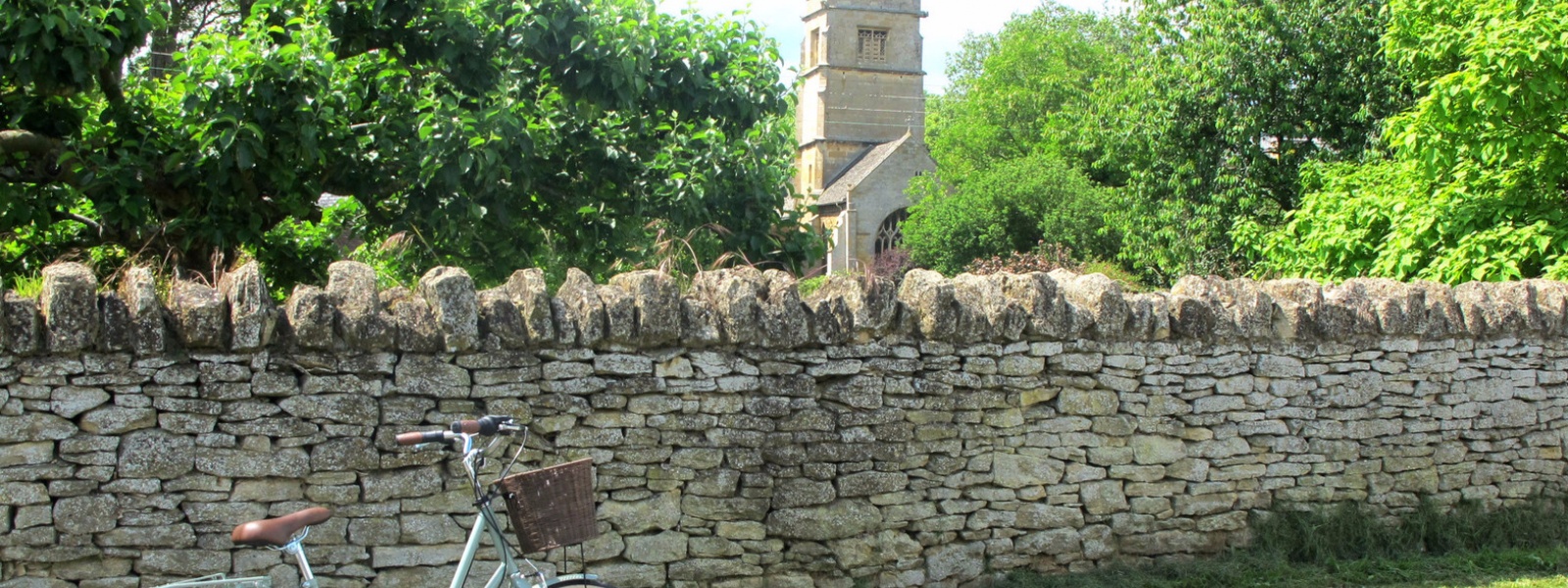· Recycle your Christmas Tree
· Clean pots and greenhouses ready for the Spring rush
· Dig over remaining empty plots in your vegetable garden
· Repair and re-shape lawn edges
· Inspect stored tubers of Dahlia, Begonia and Canna for rot or drying out
· Prune Apple and Pear trees
· Begin forcing Rhubarb plants
· Sow the following seeds Parsley, Sweet Basil, Sweets Peas, Aubergine and Peppers
· Prepare for Wisteria pruning next month February
· Plan your vegetable crop rotation for the coming season
· Keep putting out food and water for hungry birds
· Make a polythene shelter for outdoor peaches and nectarine, to help protect against peach leaf curl
I like to sow Parsley now as it always seems to germinate much better at this time of the year – better even than the warmer Spring. Sweets Peas can be sown now and the autumn sown plants can be potted on. Plants such as Aubergine and Peppers need as long a growing season as we can give them in this country to ensure good cropping throughout the summer months.
Damping off can be a real problem at this time of year which is caused by a fungus attacking the stem of the seedling and causing it to either go mouldy or snap off, this is easily prevented. A teaspoon of Cinnamon added to a litre of water can be used to water the seedlings in, as you plant them and is a natural fungicide. I have read a tweet by James Wong about combining this with aspirin which is a growth hormone that helps to trick the seed into germinating and provides a helping hand as it does. This is something I will be trying this Spring and I will let you know how that works out!
How To Prune Your Apple & Pear Trees
Traditionally spur and tip trained trees were pruned in different ways. However, current pruning techniques are very similar for both as it does not involve the rigorous routine shortening of all young growth.
At the beginning
1. Always use sharp secateurs, loppers and a pruning saw; blunt tools leads to strains and tatty pruning cuts. This can lead to the introduction of infection or disease.
2. Start by removing crossing, rubbing, weak, dead, diseased, damaged and dying branches.
.jpg?1484825376128) The Next Stage
The Next Stage
1. Shorten the previous year’s growth on each main branch by about one third, to a bud facing in the required direction. This will help to encourage the development of new branches and spurs and help maintain a good shape.
2. Leave young laterals (side-shoots) unpruned so they can develop fruit buds in the second year. The young laterals should only be removed if they are crossing or if the growth is too crowded, i.e. growing closer than 10-15cm at the base.
3. Remove any strong shoots which are longer than 15cm growing towards the centre of the tree, which will lead to over-crowding and poor air flow.
4. On older trees, remove or thin out any spur systems that have become congested. Where thinning or removal is required, remove spurs on the underside of the branches where the developing fruit will not receive enough light, and would produce poor fruit.
5. If your apple tree is a tip- or partial tip-bearer (e.g. 'Blenheim Orange', 'Bramley's Seedling', 'Discovery', 'Lord Lambourne', 'Worcester Pearmain'), cut back a proportion of the older fruited branches to a strong younger shoot positioned closer to the to the main trunk or higher up the branch. This will reduce congestion and prevent branches becoming too long.
If Your Tree Has Not Been Regularly Pruned For A While
1. Open the centre of the tree by removing larger branches at point of origin with a sharp pruning saw. If several large branches need to be removed, spread the work over two or three winters as very hard pruning encourages even more vigorous regrowth.
2. Reduce the height and spread of any branches that have grown too large by cutting them back to a vigorous outward and upward facing lower side branch (making sure this lower branch is at least one-third of the diameter of the branch being removed).
 Mature Apple Tree (Bramleys Seedling) Pruned To Shape
Mature Apple Tree (Bramleys Seedling) Pruned To Shape
For further information please follow the links below:
https://www.rhs.org.uk/advice/profile?PID=858
https://www.rhs.org.uk/videos/advice/Apple-pruning
http://www.gardenersworld.com/how-to/grow-plants/winter-prune-apples-and-pears/

On a completely different note, Gardener Tom has been to Grasshoppers Day Nursery to play his ukulele for the children. They loved the visit.

